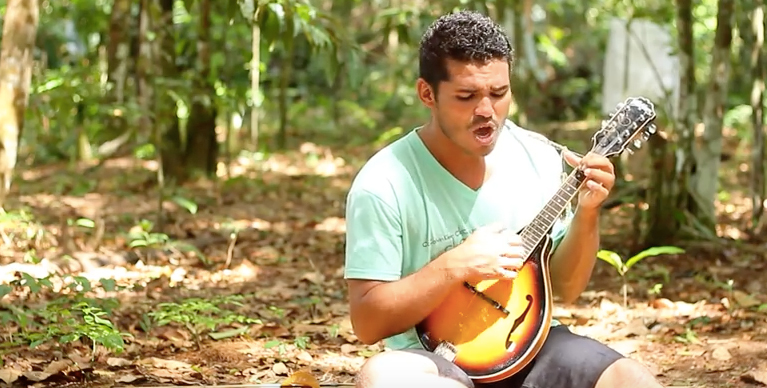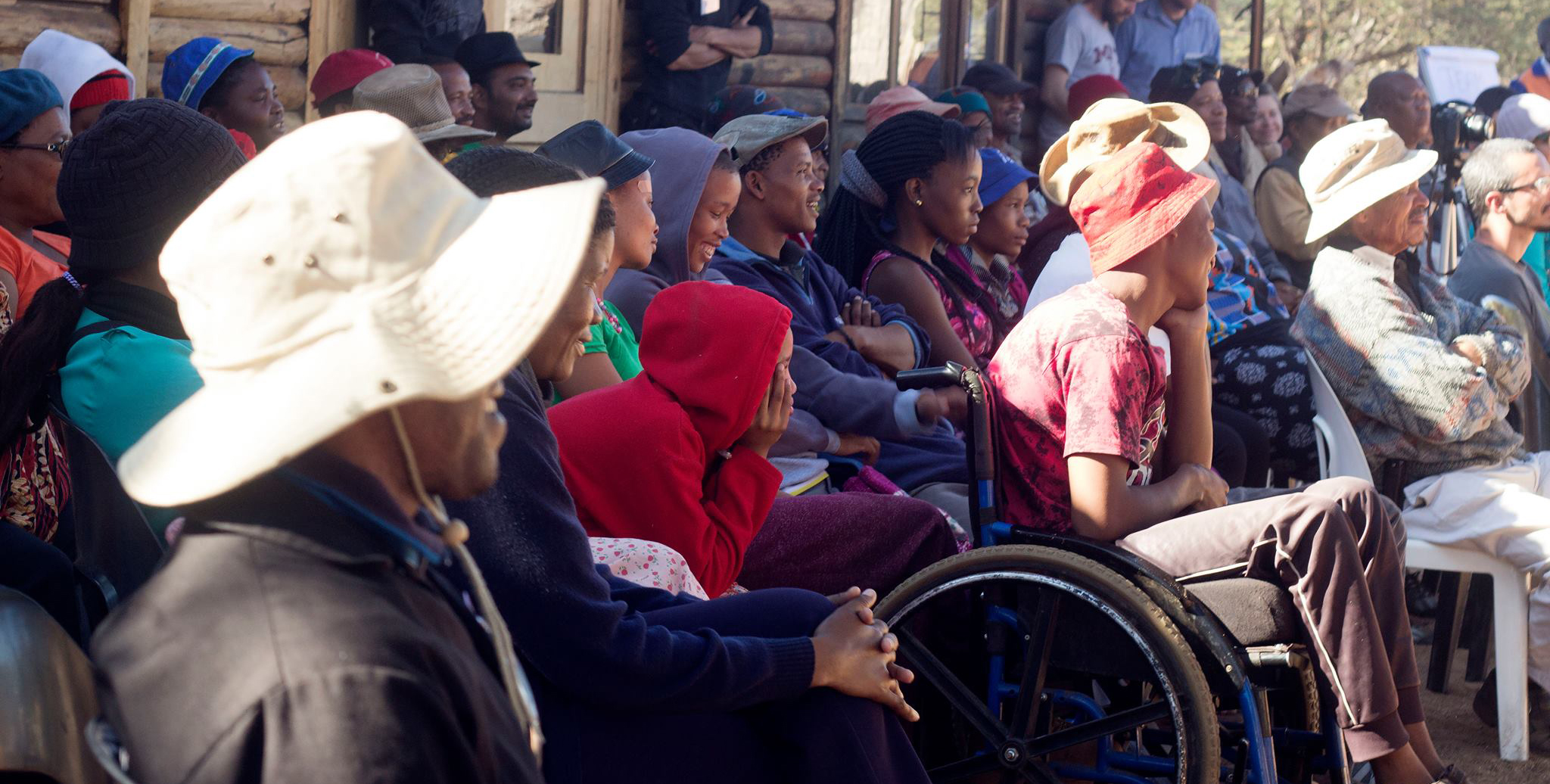Four Ways to Enable Co-Creation

Co-creation – or designing in collaboration with end users – is a central part of the ethos and experience at the International Development Design Summit. In ten years of organizing IDDS, we have gathered many lessons on how to (and how NOT to) facilitate genuine co-creation. What are the factors that enable co-creation? What factors inhibit it? And what strategies can help create a productive and positive experience for all team members, users and non-users alike? Here are some insightful takeaways that we have uncovered while observing teams in co-creation during recent summits.
1. Establish the user as a fellow creator
Crucially, true co-creation involves designing with users, not designing for users. In a true co-creation process, the user is also another designer and creator on the team. This differs from the approach of human-centered design, which consults users instead of having them on the team.
A common pitfall in co-creation is that the user can be limited to a consultative role instead of a creative role. In some cases, this happens because users are less familiar with the design process than the other team members. In IDDS Amazon, teams were able to overcome this disparity by holding a series of design workshops in the community months before the summit. Therefore, the community members who went on to participate as users in IDDS projects already had developed some design skills and felt comfortable exercising those skills. The users were able to not only provide local insight to inform the prototype, but they were able to integrate into the design process as creators.
2. Bridge language barriers with good translation practices
Language barriers can be major inhibitors to effective co-creation. Good translation is the foundation of smooth communication within a design team, especially in our international community! At IDDS Botswana, participants spoke English, Setswana and Naro. To overcome these linguistic hurdles, one instructor put in place several helpful translation practices such as working with the translator ahead of time to ensure that the lecture format was manageable for translation and making the whole session interactive with large pictures, simple text, and activities.
Good translation practice should not only be present in larger talks, but should also be adapted to small discussion. Also at IDDS Botswana, some team participants also acted as translators. In moments when these participants-translators were deeply engaged in the group discussion, they often forgot to translate what was being said, leaving local participants out of the conversation. This has taught us two key lessons: one, to designate a person whose primary role is translator and not team member, and two, to make translation a shared priority of the team.
3. Create a range of ways for people to voice their opinions
In co-creation, power dynamics across gender, cultural background, and hierarchy can create barriers to team communication and feedback exchange. In IDDS Educación in Colombia, some local female teachers had more difficulty being heard in groups dominated by international male designers because of these multiple, intersectional dynamics. These users were much more active in discussion in smaller groups where more Colombians and/or women were present. Similarly, certain teachers were less likely to share their own thoughts and opinions when someone with a higher rank, like a school principal, was present.
For co-creation to be effective and inclusive, summits can be deliberate about creating spaces for users to voice their opinions and feel engaged. This can include encouraging small group discussion among affinity groups and inviting them to share their conclusions with the larger group, exchanging feedback through writing and visuals instead of conversations, and setting norms and rules around speaking in turn. Design facilitators can play a key role in noticing imbalances in conversation and creating structures that will work well for their team.
4. Build in time for fun and friendship
During the design summits, there are always informal group activities scheduled for participants to relax and have some fun, but these activities actually benefit co-creation by helping participants bond and build trust. At IDDS Cookstoves, football tournaments, bonfires and potlucks bonded participants with each other. Unfortunately, community members missed out on many of these activities because they were home with their families over the weekend. As a result, the connections between the users and the other members of the design team were not as strong as they could have been.
Building cross-cultural and connections consistently ranks among the top reasons why participants decided to attend the summit, and making time for these relationships to develop informally during the summit enables the formal sessions dedicated to co-creation to be even more engaging and fruitful for team members.
Many thanks to 2016 IDIN M&E Fellows Tricia Johnson, Gayathri Ramani and Helena Tavares for collecting observations and sharing insights from four 2016 summits.






